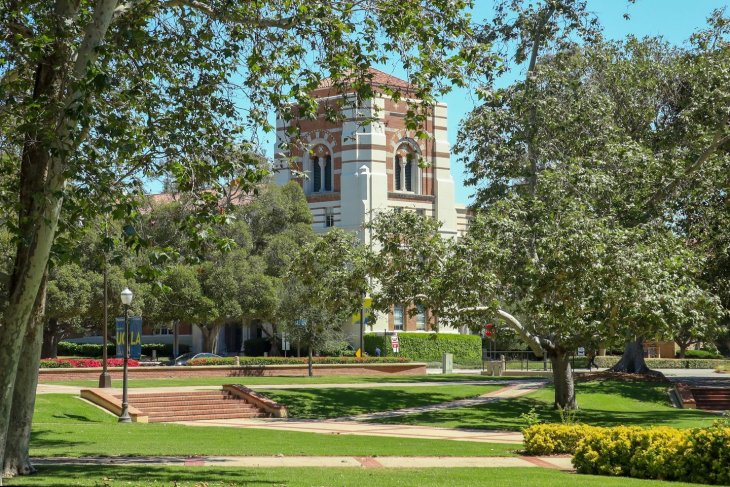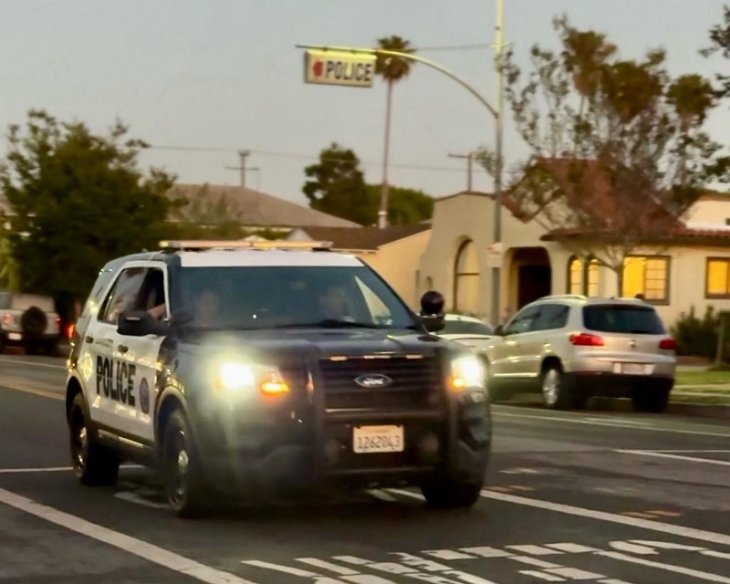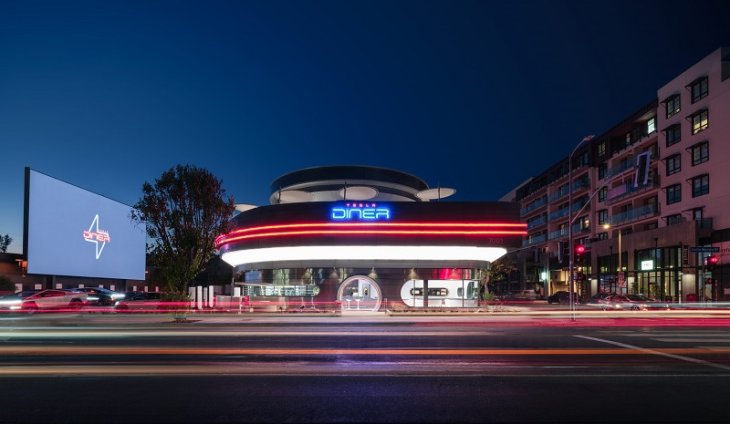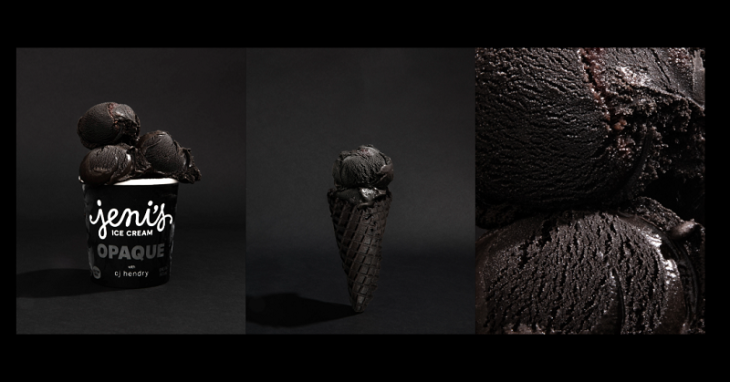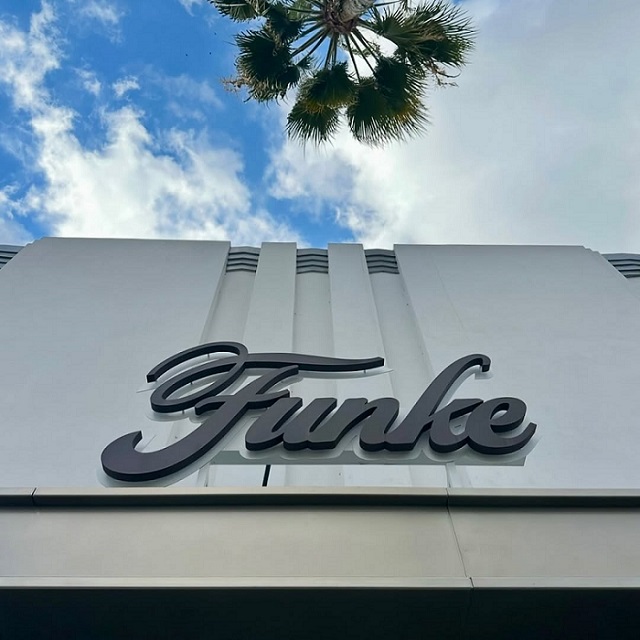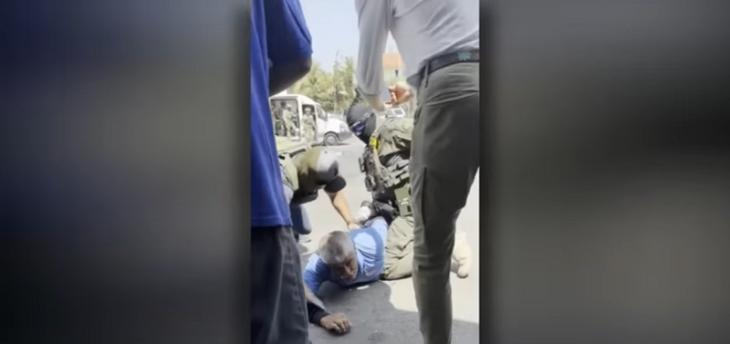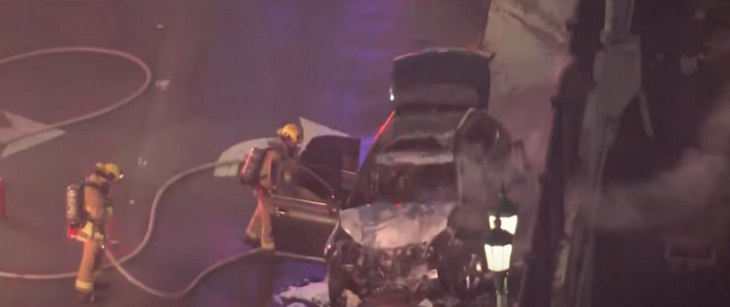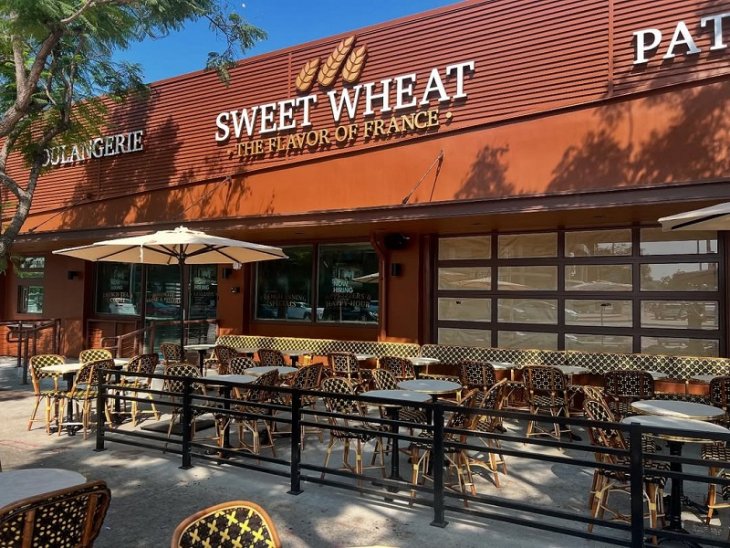By Teri Redman Kahn
Special to Brentwood News

Brentwood Beautiful, in conjunction with Friends of the Library, held a seminar on Fire Safety Saturday, Oct. 17. The main speaker was Mike Wilson, Fire and Communication Specialist with the Santa Monica Mountains Recreation Area. He has a long history as a firefighter. Here 10 highlights from the seminar that you should know when preparing a home for a potential fire:
- The Santa Monica Mountains serve as an air and watershed for urban L.A. There are three things that contribute to fires: the topography (fires burning uphill), the dry weather, and the fuels (trees).
- One reason why fire burns uphill is that the air above a fire is pre-heated. Watering outdoor plants when you have a fire coming toward you is useless, because the hot and dry air will suck all the moisture out of it, and the vegetation just becomes more fuel.
- “Where water flows, fire blows.” In other words, to determine if you are in high potential fire danger, ask yourself if your home is a place where water would flow downhill. The good news is that homes can usually withstand most radiant heat.
- To stay safe, clear the area between 100 feet from you house (defensible space) so that firefighters can protect your home. This area does not have to be a clear-cut, but bushes and trees should be staggered so that an ember-driven fire cannot easily jump from tree to tree. Break up horizontal and vertical plantings, and prune, prune, prune.
- The next 200 feet (fuel modification area) is what we generally know as the brush clearance zone. Keeping that clean will help contain and possibly prevent a fire from coming close to your house. If there is one single thing that you should do, it is to clear the brush around your home.
- The roof of your house is the largest ignition zone. Although you cannot see it, be sure to clear debris, leaf detritus, pine needles, etc. off that area. Be aware of this litter in vents and gutters. There are inexpensive non-flammable vents on the market, and water-permeable gutter covers.
- Anything flammable that touches your house can become a hazard. For example, lawn chair pads, dried out hanging plants, woven door mats, etc. are all little things that can become big fire igniters. In the event of a fire, pull it inside or throw it far away from the house as possible.
LAFD Commander Chief Guy Tomlinson also spoke, and he stressed:
- Do not stay behind to protect your house.The rescue effort to save you will divert resources and delay firefighting efforts for all.
- Canyon roads must be opened so that fire trucks can get through to uphill homes. Trees and other potential blockages have to be 14 feet off the ground from the edges of the roadside. Mandeville Canyon was sited as a worry to the LAFD in that regard. The 10/23/1978 video of the Mandeville Canyon fire, “Design for Disaster” (20 minutes), is well worth seeing.
- The Brush Clearance unit of LAFD will inspect your property on request. Contact them at 800.994.4444.
As a resident of Mandeville Canyon, I found this to be a wake up call. Our hillsides are classified as “extremely high fire danger” zones. It is painfully clear that we are all in this together, and that we must take steps to defend our homes against wildfire. Thank you to Julie Clark De Blasio who organized this highly informative day, and to Nancy Freedman and Joan Greenwald.
Teri Redman Kahn is the Environmental Representative in the Brentwood Community Council.

